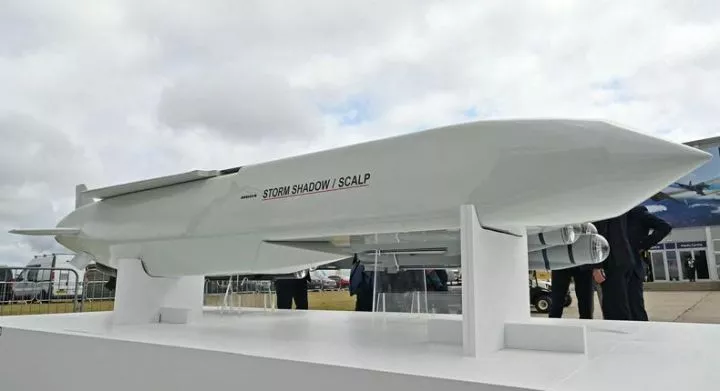
As Ukraine pushes for more aggressive military strategies in its fight against Russia, its Western allies find themselves at odds over how far Kyiv should be allowed to go.
Ukraine is still currently not allowed to use Western weapons to carry out deep strikes within Russia, despite the pleas of Ukrainian President Volodymyr Zelenskyy.
But while the US and Germany remain reluctant to lift such restrictions, fearing provoking Russian President Vladimir Putin, the UK and France have been quietly pushing for that to change.
The Telegraph and the Financial Times reported this week that the UK has privately been asking the US to give the green light to let Ukraine use its Storm Shadow missiles - known as SCALP missiles in France - on Russian soil.
The FT said "well-placed" sources had told the publication that the UK government had sent a request to Washington and Paris earlier this summer asking that Ukraine be allowed to fire British Storm Shadows at targets within Russia. The outlet noted that Ukraine's use of the Storm Shadow may rely on US capabilities, potentially preventing the UK from unilaterally allowing it to use them.
French President Emmanuel Macron has also expressed support for allowing Ukraine to strike Russian military sites with Western weapons.
"We have to allow [Ukrainians] to neutralize the military sites from which the missiles are fired, but not other civilian or military targets. We're not being escalatory by doing this," he said in May.
But the US nevertheless remains worried over the possibility of escalation should these missiles or its own ATACMS missiles be used on Russian territory.
Maximilian Hess, a fellow at the Foreign Policy Research Institute, told Business Insider: "From the US standpoint, in particular, Jake Sullivan, the national security advisor, has repeatedly paid significant attention to Russia's stated red lines and sought to avoid treading over them," adding that this argument has been very influential on the administration's thinking.
But Hess added that it was "pretty clear that Putin's supposed red lines on this stuff aren't really that red."
"Just a few years ago, Russia was saying the US sending Javelin missiles to Ukraine for targeting helicopters would be a serious escalation," he said.
Hess said he believed that privately, the UK and France would argue that the risks of potential escalation are hugely overblown and that the long-standing practice of Russia was to seek to intimidate the West into pulling back support.
Kyiv is also keen to get its hands on the German-made Taurus missile, which has a 500km (around 310 miles) range - double that of the Storm Shadow. But Berlin has repeatedly refused to send them, echoing the US's fears of escalation. The US-made ATACMS has a range of around 300km (186 miles).
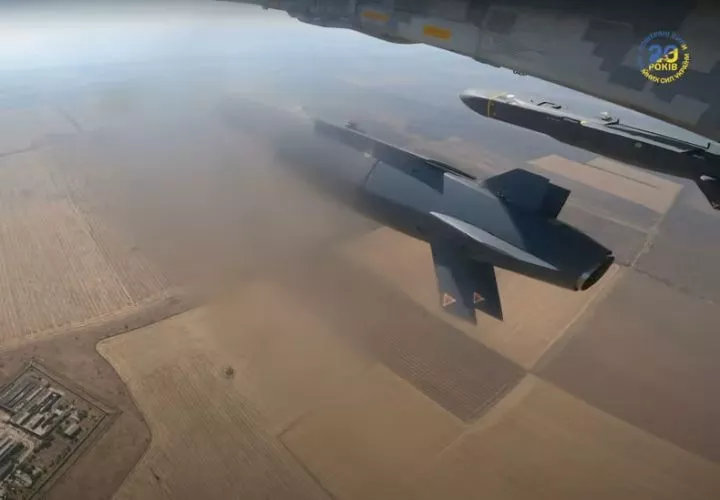
Zelenskyy has long argued that the ability to hit targets deep within Russia is crucial to defend Ukraine.
"We need sufficient range to defend Ukraine from Russian missiles and guided aerial bombs, to prevent the transfer of Russian troops, and to counter the occupier's pressure on key frontlines," he said in August.
Ukraine is particularly keen to target Russian air bases where aircraft used to drop missiles and glide bombs on Ukraine are stationed.
But one unnamed Biden administration official told Politico earlier this month that Russia had moved targets out of range of Western-donated missiles like the ATACMS or Storm Shadow.
An unnamed senior administration official added that "90% of the planes that launch glide bombs" from Russian airspace had already been relocated out of range of those missiles, the report said.
The Institute for the Study of War said that while it had "observed confirmation of redeployments of Russian aircraft," it did "not reduce the importance of allowing Ukraine to use ATACMS against hundreds of other Russian military objects."
Despite the limits imposed by the West, Ukraine has still claimed some success in carrying out deep strikes in Russia using drones.
In July, Ukraine said it had struck a Russian Tu-22M3 supersonic bomber at Olenya airbase in Murmansk, 1,100 miles inside Russian territory, while in May, Ukraine's Security Service said a long-range Ukrainian drone struck a Gazprom oil refinery roughly 930 miles away.

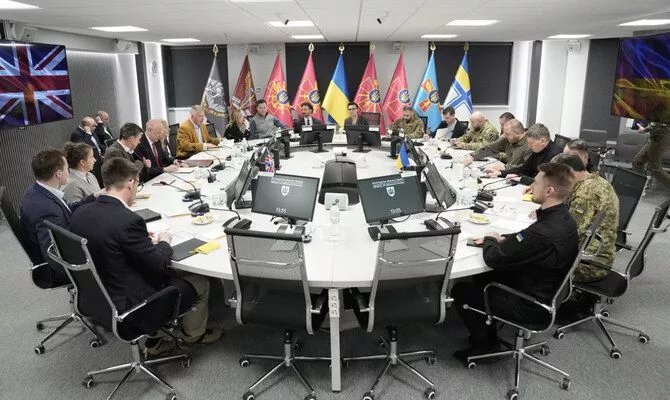
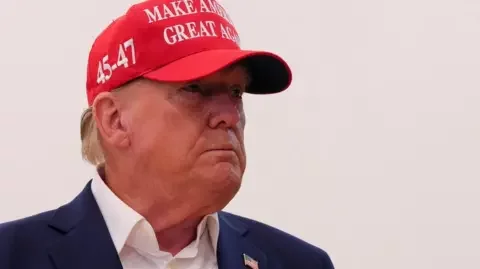
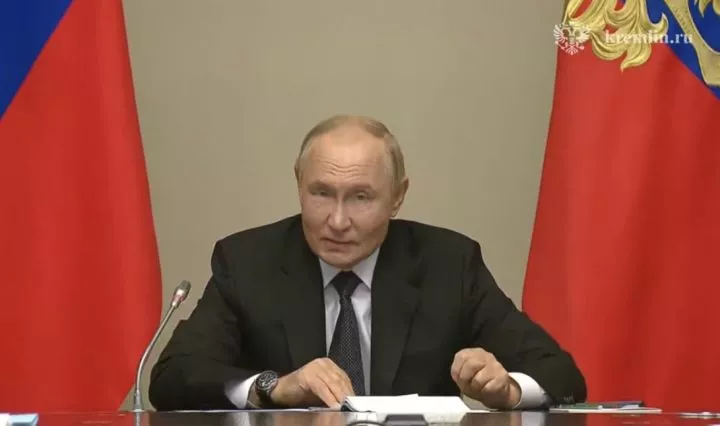
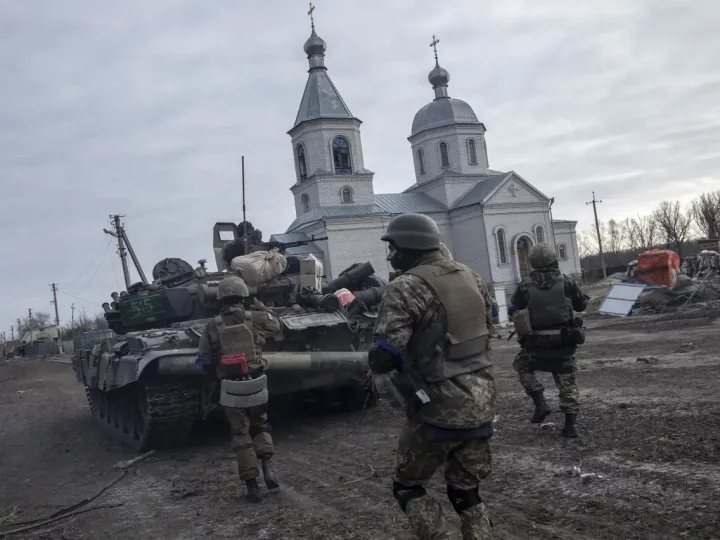

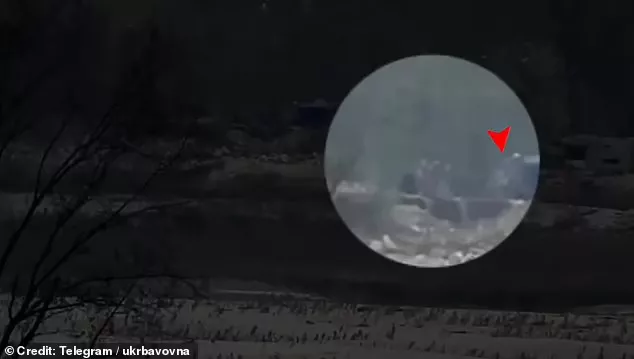





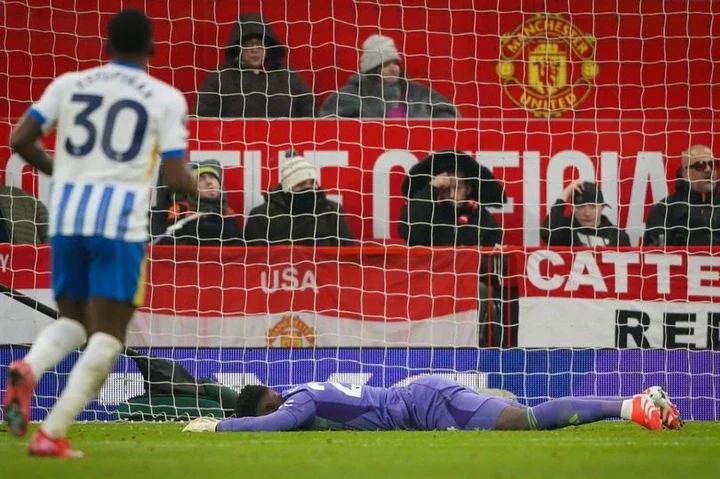



Comments